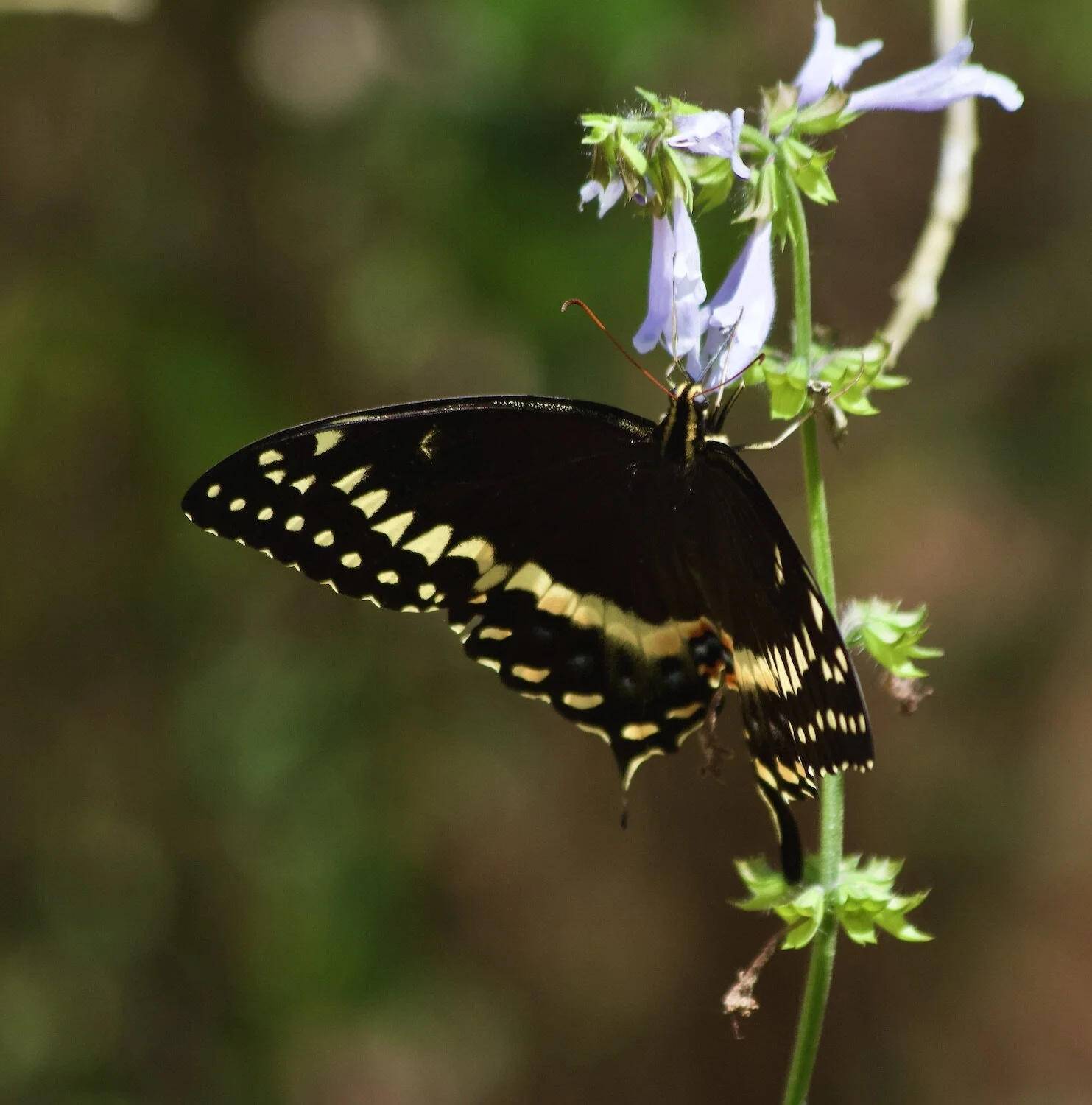Man's Best Bird: The Ancient Sport of Falconry
By: Christopher LeCoq
When you think of the phrase “man’s best hunting companion”, which image comes to mind? Perhaps you’re envisioning the steam rising off of a mud-soaked Labrador retriever on a cold, foggy morning in the duck blind? Does your mind immediately recall the yips & howls of a pack of anxious beagles hot on the trail of a fleeing rabbit? Or maybe you picture the statuesque pose of a German Shorthaired pointer on the scent of a hiding pheasant? For most hunters, it’s only natural for us to associate the phrase “man’s best hunting companion” to one of the many breeds of hunting canine, but there’s a small group of hunters whose colleague in the field is valued for their keen eye, swift maneuvers, and sharp talons instead of their sense of smell. These are falconers.
A rare red-tailed hawk. Photo by Christopher LeCoq.
According to an article by the North American Falconers Association, hunting with raptors was not known to be practiced during the early days of America, but instead began to pique the interest as a sport in the 1930s. Historically, however, falconry has been documented in almost every early civilization around the globe. Many believe it was the Mongolians who were the original hunters to use birds as weapons, both for capturing food and also against enemies in battle, dating as far back as 3000 B.C.
A pair of Harris Hawks. Photo by Christopher LeCoq.
Todd DiGeorge is a Louisiana hunter, fisherman, and a master falconer. His interest in the sport started in 1990, and since he has devoted a portion of his time each hunting season to wandering in the woods without a gun. “I hunt with red-tailed hawks, it’s a lot different than hunting with a gun” Todd explains, “You can hunt in spots that you normally can’t shoot a gun. [With my hawks] I can hunt in small patches of woods or thickets in and around urban subdivisions, and next to houses, catching rabbits and squirrels.” DiGeorge and his fellow master falconers, Todd Turner & Buddy Valentine, often accompany each other on hunts. Each of them has captured and trained numerous wild hawks to be their ‘weapon of choice’ for squirrels & rabbits in the Louisiana swamps, but have also successfully hunted coots, pheasant, ducks, and chukar. But the process of legally capturing, owning, and hunting with raptors is one that takes dedication and a vast understanding of the sport.
Todd DiGeorge and his red-tailed hawk. Photo by: Christopher LeCoq.
A falconer starts as an apprentice and must purchase the equipment needed for care and maintenance of a raptor, undergo an inspection of all equipment, pass a written test, and obtain a state falconry license before applying for apprenticeship and acquiring a bird. A falconer apprentice then seeks a sponsorship from a general or master falconer, and under their mentorship is trained on proper care, maintenance, hunting practices, regulations, raptor biology, and reporting. After 2 years the apprentice can become a general falconer, own no more than 2 birds, and begin hunting on their own. After 5 years as a general falconer, one can become a master falconer. Falconry hunting seasons often coincide with regular small game seasons.
On a hunt, the raptor is released to fly freely, but is often perched in a high tree never straying too far from its master. This bird to human relationship is based on food. In their training, the falconer control’s bird’s weight to the gram. The bird learns that it is its master that provides food, so in the field it will follow close because it knows the human will have its food source. Falconers often carry sticks to hit brush piles and trees, in hopes to scare up a rabbit, squirrel, or other small game, where the bird is waiting above to swoop down and grab the animal before it escapes. Once captured a falconer must quickly retrieve the game because it will only be a matter of seconds before the bird of prey will start to devour its catch. It is also not uncommon for a hunting dog to join in on the search with the falconer on the ground. Todd Turner enjoys hunting with Harris’s hawks. “They are sometimes called the ‘wolves of the sky’ because in the wild they hunt in family packs. They allow us to hunt in small groups with other falconers, sometimes 4 or 5 at a time. It’s the chase, the pursuit,” Turner says with a grin, “watching predator versus prey, you get to watch nature do its thing and that’s what keeps me excited about the sport.”
A Harris Hawk with caught Chukar in its talons. Photo by: Christopher LeCoq.
It is fascinating to witness this hunter to bird relationship. A falconer doesn’t expect to fill a daily bag limit of small game, as would a typical hunt with a gun, but it’s the preservation of a primitive hunting technique that keeps the excitement alive. A hunt with “man’s best bird” is one that will develop an appreciation for ancient hunting traditions becoming less common with today’s technology.
Have you done something interesting outdoors? Join Global Outdoors and write a review to tell everyone about it! We’re building the home for trusted reviews of outdoor experiences, outfitters, and guides. Help us out and you’ll be entered to win free trips!







